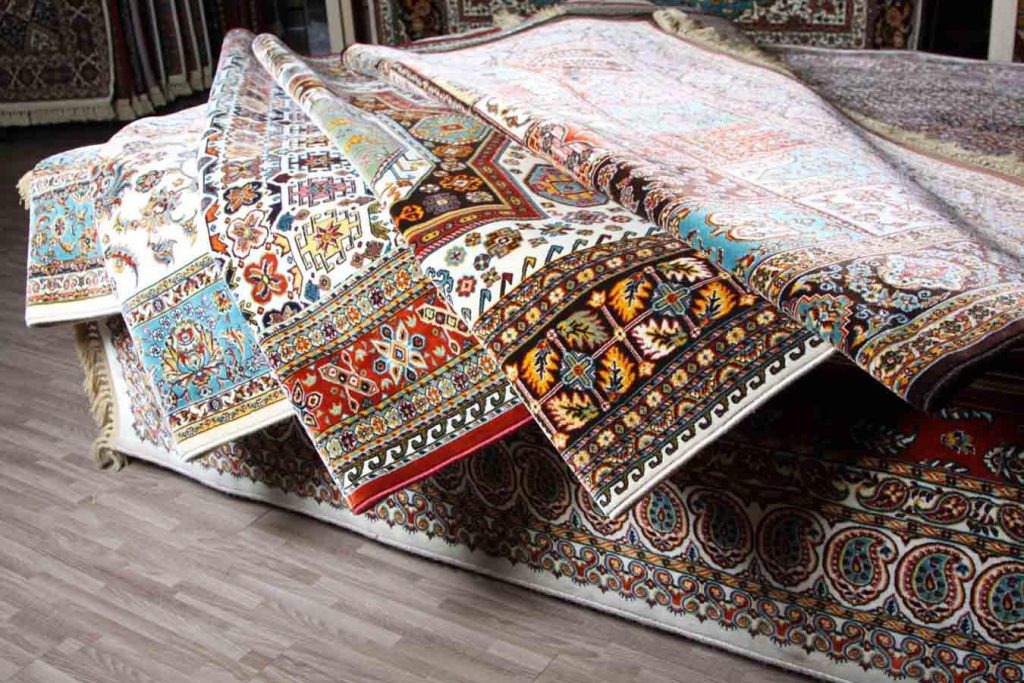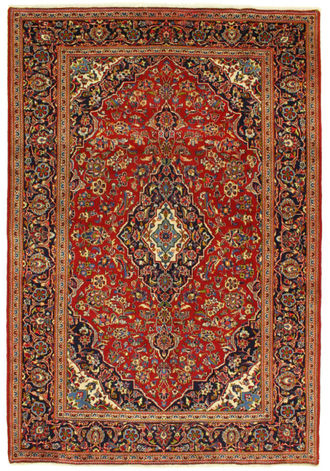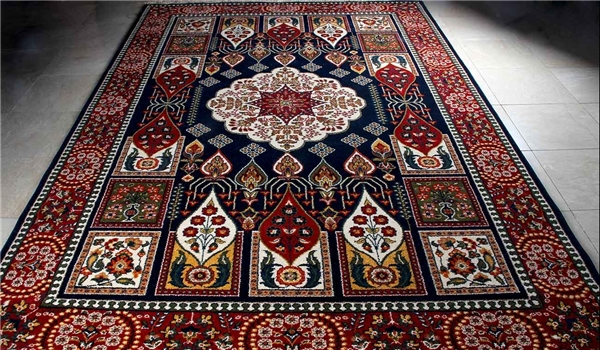
Handmade Carpet
Carpet is an Arabic word which means earth and in Persian it has
concepts such as extension, flooring and flooring. According to the above
definition concepts such as carpet, wool, zilo, carpet and handmade carpet can
be considered. . As a result, it can be said that the hand-made carpet is a
linen woven by hand. Iranian handmade rugs are generally woven in four molds,
bricks and sprouts, the most popular of which is the bergamot.
Characteristics of handmade rugs
Be woven and woven
Handmade carpets from far and near have a very beautiful appearance
and are very radiant.
The lint of these rugs should be bright and flexible. Lint.
This carpet is enhanced by its shine, light and wash, and its eye-catching look
is not lost, especially if it is painted with natural dyes.
Applying natural fibers to it
One of the different features of handmade rugs compared to machine rugs is that
these rugs are made of materials
It is naturally used in cold summer and warm in winter, but the carpet does not
have this property due to the plastic material.
Carpet terms
Carpeting: In any type of carpet or carpet, there is a term called
carpet which means 12,000 knots. The higher the number of carpets in a carpet,
the greater the number of knots in the carpet, resulting in greater strain on
the carpet weaving for the carpet, resulting in higher carpet prices.
Ridge: The longitudinal and transverse rows of nodes are called ridge.
Reference: The number of rows that are woven or tied in a single root node. In
another definition, the number of knots woven per 7cm is called the number
Note: The unit of measurement is the number of woven roots of a rug. Each
sentence is equivalent to 15,000 roots on which to pay the weaver's wages.
Staple yarn: The staple yarn is a set of yarns that are parallel to the carpet
in a vertical direction with the same elongation around the beams of the head
and under the machine.
Cream: In the art of carpet weaving, the wool yarn used for carpet
weaving is made in two ways: cream.
Woven: Strands of wool or yarn or silk that pass horizontally through the
strings.
Knoting: It is said to wrap woolen or silk creams around carpets while
knitting.
Metric: The unit of measurement is the thickness of woolen cream used in
carpet weaving. It is called the length of a single woolen cream in meters,
weighing one gram, so the more metric numbers it gets, the finer the woolen
cream becomes. The most common metric numbers in creams are 1 to 2.
Zar: Carpet length measurement unit is from ancient times in Farsifaf
area is 5 cm and in Kermani Baf areas is 5 cm and in Azarbaf areas is 5 cm.
Margin: It usually covers both narrow and wide forms around the central design
of the rug, and the presence of a wide margin between the narrow margins makes
them individual.
Background: It is a part of the carpet where the flowers and the design elements
are embedded, and is often chosen in lacquer, cream and navy colors.
Bergamot: The central part of the rug is usually round or oval in form of
bergamot.
Cartridge: It is usually drawn at the beginning and end of a molded berg plan
along with the components that are called cartridges.
Tissue Tools: Tools used for carpet weaving are:
Carpenter: The carpet weaving machine is called the carpet and
texture made of wood or metal. Departments are divided into vertical and
horizontal types, depending on how they are placed on the ground.
Texture hook: A knitting knife. There are three parts to the building. Knife for
grip, middle part of blade and end of hook or hook
Shoulder: The shoulder is also known as Daphne, Daphne and Kirkite. The shoulder
for banging the pads.
Scissors: A scissors is a device used for picking extra nails from knots,
knitting after knitting one or more ribs with the help of scissors to cut the
extra nails and polish the surface of the rug.
Waxing: This device is used to pull the wool through the cords.
Shawshaw: Shawshaw is a small, metallic device made with a broad shoulder-like
edge. Its edge is serrated and sharp. It is used to extract extra wool from
knots.


